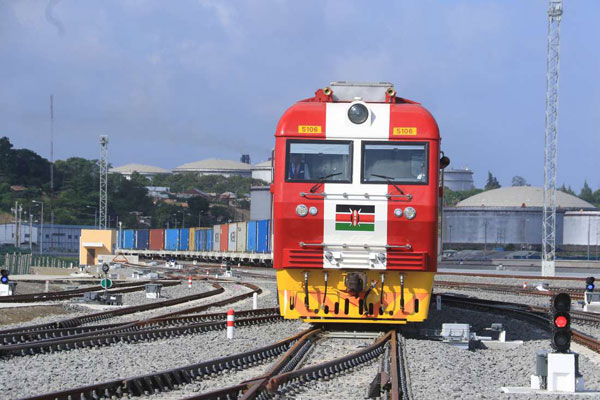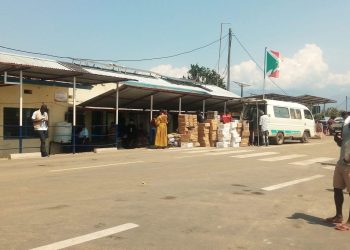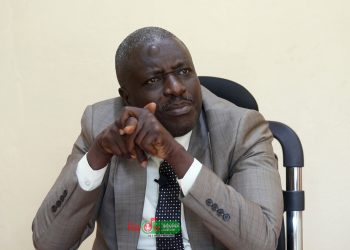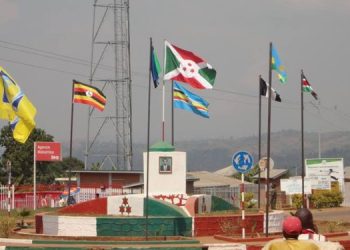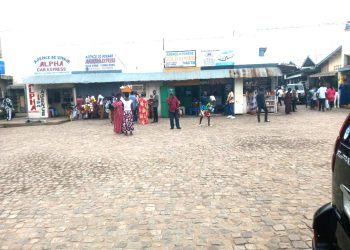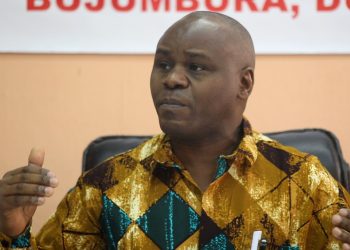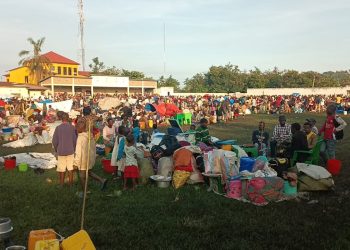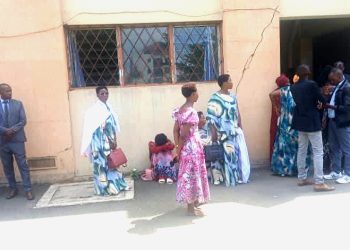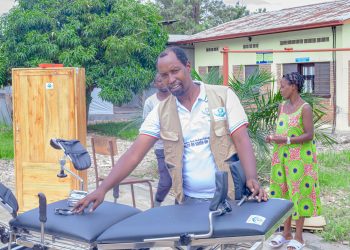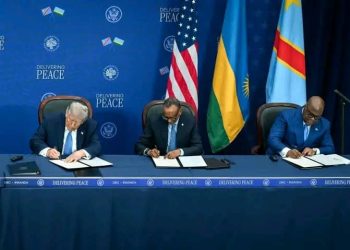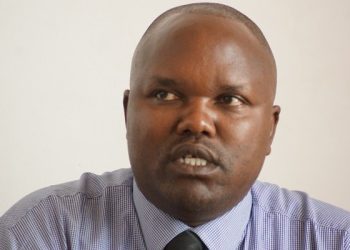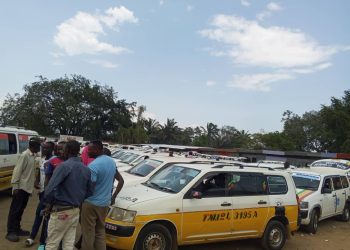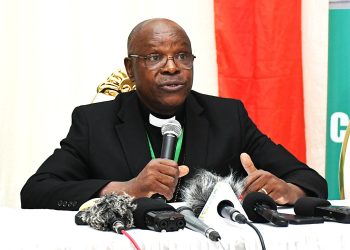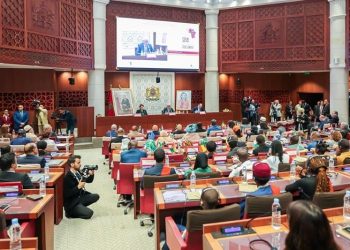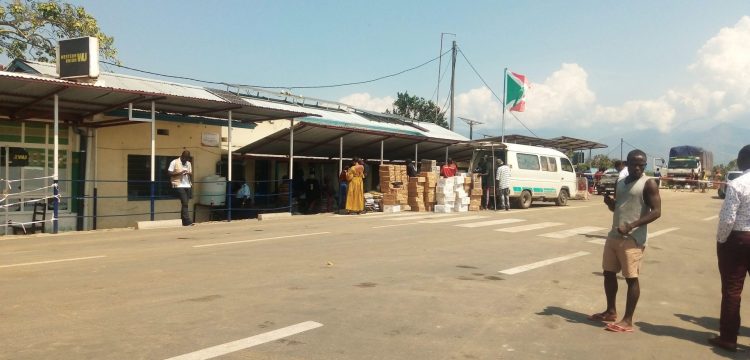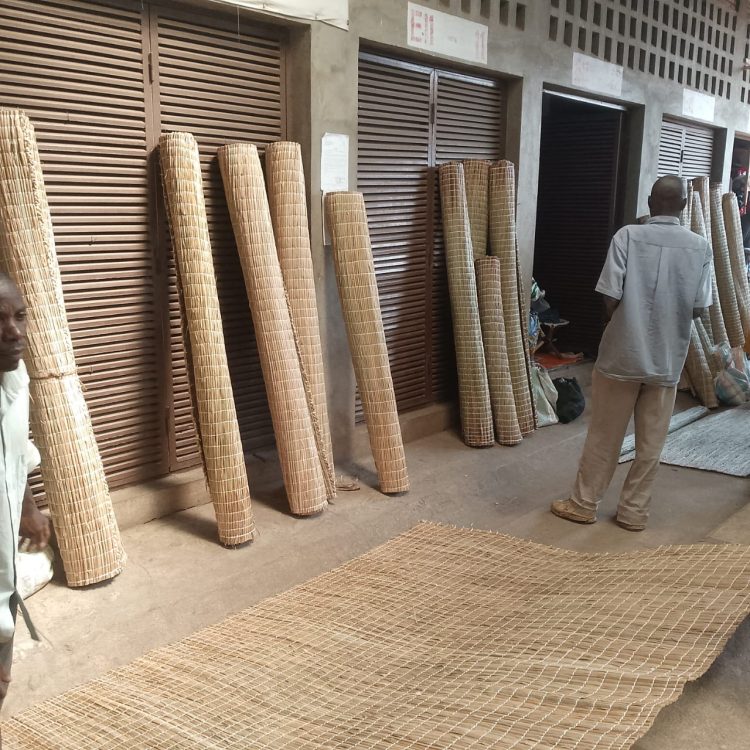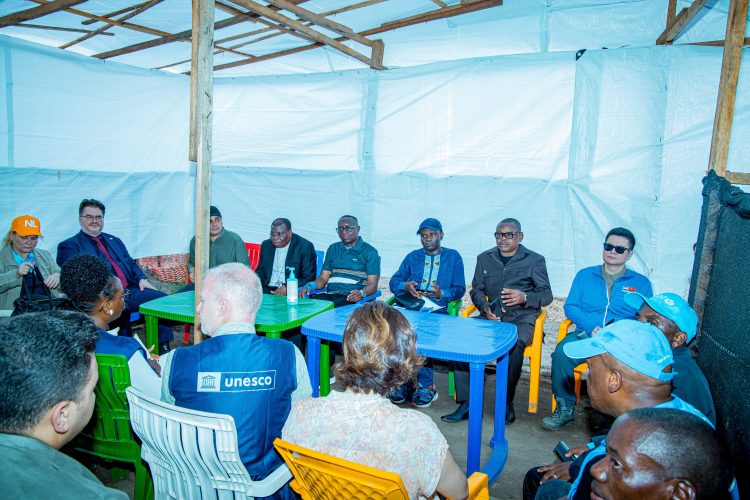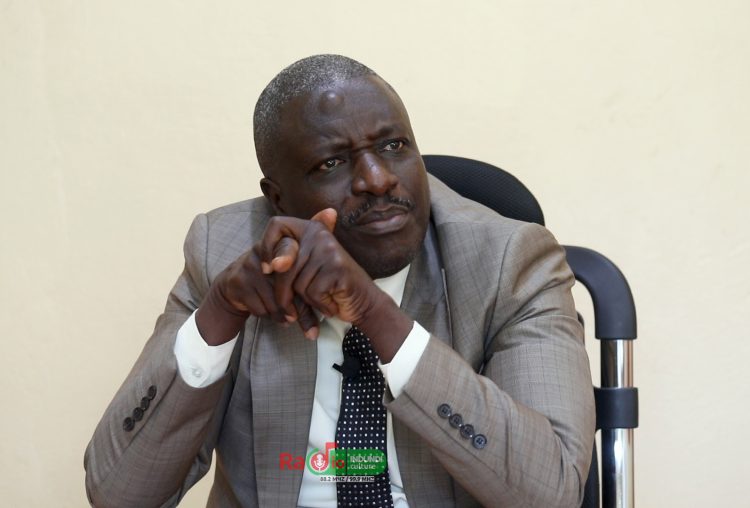Tanzania is banking on the development of its vast gas find into electricity to increase its capacity and provide a dedicated electric line for the SGR network, once completed.
Currently, the country’s available power generation capacity stands at about 1,500MW, against a demand of 1,352 MW.
“Jointly with Ethiopia, Tanzania re-opened the bids in August last year for the Rufiji hydropower project at the Stiglers Gorge which we will inject more than 2200MW to the national grid once completed over the next two years. We will soon announce the tendering. We are also in the last stages of the Kinyerezi plant from our natural gas, which should now inject 240MW next month and reach a peak of 3,000MW by 2022. We expect these power projects to be used to power the railway line,” a senior government official told The EastAfrican in an earlier interview.
The region has turned to electric powered rails in a bid to increase efficiency, but questions abound on how these lines will be powered given the energy deficits individual countries face.
Kenya dropped plans for electrification of the SGR line between Mombasa and Nairobi, citing its high costs and irregular power supply.
Kenya Railways managing director Atanas Maina said that the preliminary research had shown inadequate demand for electric trains in Kenya coupled by higher cost and intermittent electric supply.
“Electrifying this line also depends on our ability as a country to finance that kind of infrastructure. It was something that we would love to have, however, the country does not have a dependable source of electricity,” said Mr Maina.
While the frequency and severity of outages in Kenya have fallen over the years, the country still encounters constant supply interruptions. Nairobi was hoping to upgrade the SGR line once the power supply became dependable. Kenya has a generation capacity of 2,250MW against a demand of 1,640MW.
Electrical engines
Now within the region, Rwanda, Uganda and Tanzania will have their trains with an electric element, while Kenya will run on diesel engines.
Ethiopia has the China Class 2, with a mixture of diesel and electrical engines. Its line is currently serviced by a 27.5kV overhead line electrification.
Nairobi was hoping to upgrade the SGR line once the power supply became dependable. The country’s diesel powered SGR cargo trains have been experiencing cargo constraint numbers that saw it on Friday, through the Kenya Ports Authority, reduce the tariffs to $80 for a 20ft container from $103 for the handling of local containers, and $60 for a similar size for transit containers, from 85.
For the 40ft containers, the handling fees for the local cargo will be $120 down from $157, while the transit cargo handling fees for this size of container will now attract $90 from $125.
Uganda expects its power generation to reach 1500MW in 2019, after the two dams injects an additional 783MW (Karuma and Isimba hydropower projects at 600MW and 183MW respectively).
The country’s current peak power system demand stands at 500 MW against an installed generation capacity of 851.5MW, and a total power generation stands of 535MW.
Uganda SGR Project co-ordinator Kasingye Kyamugamba in an earlier interview said that they had chosen to have an electric element incorporated into the project.
“We have been assured of adequate power from the ongoing energy projects at Karuma and Isimba. This decision was also based on the costing factor given that after completion, the long term costs of operation and maintenance will be cheaper than diesel,” said Mr Kyamugamba.
TheEastAfrican

